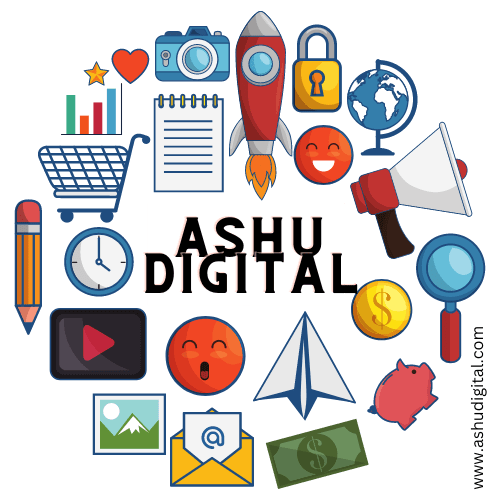In the rapidly evolving world of digital services, food delivery app development has emerged as a key player, revolutionizing the way people order food. The convenience of ordering from their favorite restaurants with just a few taps on a smartphone has made food delivery apps an essential part of daily life. For entrepreneurs and businesses looking to capitalize on this trend, understanding the step-by-step process of developing a multivendor food delivery app is crucial.
Understanding the Concept of a Multivendor Food Delivery App
A multivendor food delivery app allows multiple restaurants or food vendors to list their offerings on a single platform. Customers can browse different vendors, compare menus, place orders, and make payments—all from one convenient app. This model not only broadens the customer base but also increases revenue opportunities for businesses.
Step-by-Step Process for Developing a Multivendor Food Delivery App
Market Research and Analysis
Before diving into development, conducting thorough market research is essential. This helps identify target audiences, competitors, and current market trends. Understanding what features are in demand and how competitors operate will guide the development process effectively.
- Identify your target audience: Are you focusing on local restaurants, specific cuisines, or a particular demographic?
- Analyze competitors: Look at successful apps like Uber Eats, DoorDash, or Zomato to understand their strengths and gaps.
Define Your App’s Core Features
A successful food delivery app relies on a combination of user-friendly and functional features. Both the customer and vendor sides require specific functionalities.
Customer App Features:
- User registration and profiles
- Search and filter options
- Menu browsing with detailed descriptions
- Real-time order tracking
- Multiple payment gateways
- Ratings and reviews
- Push notifications for updates
Vendor App Features:
- Dashboard for managing orders
- Menu management
- Order notifications
- Analytics and sales tracking
- Communication tools with customers
Admin Panel Features:
- User and vendor management
- Order management
- Analytics and reporting
- Payment gateway integration
- Content management system
Choose the Right Technology Stack
Selecting the right technology stack is crucial for the app’s performance, scalability, and security. Depending on your budget and requirements, you can choose between native app development (for iOS and Android separately) or cross-platform development (using frameworks like Flutter or React Native).
- Frontend Development: React Native, Flutter, Swift (for iOS), Kotlin (for Android)
- Backend Development: Node.js, Django, Ruby on Rails
- Database: PostgreSQL, MongoDB, Firebase
- Payment Gateway Integration: Stripe, PayPal, Razorpay
UI/UX Design
A clean, intuitive, and engaging user interface is key to customer retention. The design process should focus on ease of navigation, quick load times, and a visually appealing layout.
- Wireframes and Prototypes: Create basic sketches of the app layout to visualize user flow.
- User Testing: Test prototypes with real users to gather feedback and make improvements.
Development Phase
With designs finalized, the development phase begins. This involves coding the front end, back end, and API integrations.
- Frontend Development: Build the user-facing components of the app.
- Backend Development: Set up servers, databases, and business logic.
- API Integrations: Integrate third-party services like payment gateways, maps, and notification systems.
Testing and Quality Assurance
Rigorous testing ensures the app functions smoothly and is free from bugs. Testing should cover:
- Functional Testing: Ensure all features work as intended.
- Performance Testing: Check how the app performs under different conditions.
- Security Testing: Identify vulnerabilities and secure sensitive data.
- Usability Testing: Validate the app’s ease of use for both customers and vendors.
Deployment and Launch
Once the app passes all testing phases, it’s time to launch. Deployment involves uploading the app to app stores (Google Play and Apple App Store) and making it live for users to download.
- App Store Optimization (ASO): Optimize the app’s listing to improve visibility and downloads.
- Marketing Campaigns: Promote the app through social media, ads, influencer partnerships, and more.
Post-Launch Support and Maintenance
Launching the app is just the beginning. Continuous support and updates are crucial to keep the app running smoothly and to add new features based on user feedback.
- Regular Updates: Introduce new features and improvements.
- Bug Fixes: Address issues as they arise.
- Customer Support: Provide assistance to users and vendors.
Choosing the Right Food Delivery App Development Company
Partnering with the right food delivery app development company is critical for the success of your project. Look for companies with:
- Proven Experience: A strong portfolio of successful food delivery apps.
- Technical Expertise: Skilled developers proficient in the latest technologies.
- Agile Development Process: Flexibility to adapt to changing requirements.
- Post-Launch Support: Reliable maintenance and updates.
A reputable company will guide you through every stage, from concept to launch and beyond, ensuring your app meets market demands and exceeds user expectations.
Conclusion
Developing a multivendor food delivery app is a complex but rewarding process. By following this step-by-step guide, you’ll be well-prepared to create an app that meets customer expectations and stands out in the competitive food delivery market.
Partnering with a reliable Food Delivery App Development Company can significantly streamline the process, offering technical expertise, innovative ideas, and post-launch support. Whether you’re starting from scratch or looking to enhance an existing platform, investing in professional app development is the key to success in the booming online food delivery industry.



